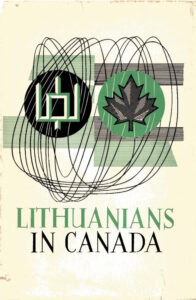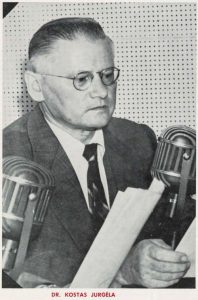How this project came to be
In 1964 the American historian, Kostas Jurgėla, published in the book, Lithuanians in Canada, a list of 100 soldiers who served for the British in the War of 1812. He listed their names and birthplaces which identified them as Grand Duchy Lithuanians. At the end of the list, he simply said “Most of the survivors of the 1813-1815 campaigns settled in Canada and were assimilated.”
The Lithuanian Museum-Archives of Canada wanted to know more about these men. What did they do in the war? How many survived? Did they really stay in Canada? Where did they go after the war?
The pandemic provided us both the time to do the work and a challenge to carry it out. Fortunately for us, the National Archives of the UK opened online access to the regimental history and registers. Muster rolls gave us a monthly detailed record of each soldier over a five-year period from their enlistments in 1810 to the disbandment of the regiment in 1815. Careful, painstaking tracing determined what happened to about 85% of the men. In the process we found just one man, Andreas Korgto, who remained in Canada at least until 1818.

Cover of the book, Lithuanians in Canada, Lights Printing and Publishing Co, Ottawa/Toronto 1967. Volume 5 of the Canada Ethnica series.
In the end, apparently none of them assimilated into Canada. However, their role in Canadian history is much clearer and we now have a quite different story of the first Lithuanians in Canada.


